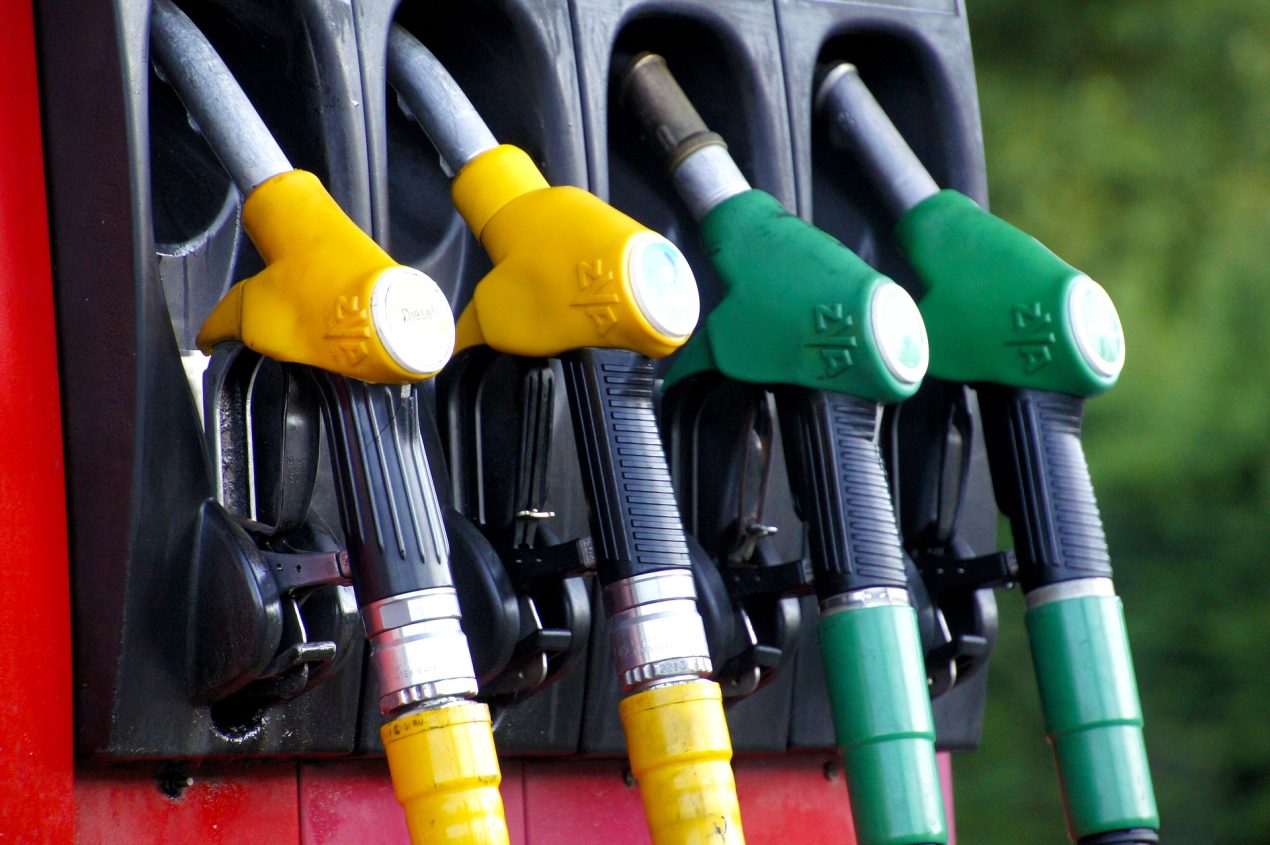The cost of fuel remains a critical concern for Americans across the country. Despite the United States reaching an all-time high in oil production, with crude and condensate production hitting a record 13.1 million barrels per day (b/d) in August—eclipsing the previous peak of 13.0 million b/d—gasoline prices remain stubbornly high.
This paradox of soaring production alongside elevated fuel prices reflects a complex interplay of global market dynamics, regional supply chain issues, and taxation variations.
Here’s a closer look at the five U.S. states experiencing the highest average gasoline prices, measured in terms of regular 87 octane fuel.
5. Oregon – $3.895 per gallon
Oregon finds itself on this list, grappling with gasoline prices close to $4 per gallon. The state’s environmental regulations and taxes play a significant role in its fuel prices, alongside its geographical position that affects transportation and distribution costs.
4. Nevada – $4.099 per gallon
Nevada, with its vast expanses and reliance on fuel for transportation across remote areas, sees an average price just over $4 per gallon. The state’s tourism-centric economy, particularly around Las Vegas and Reno, contributes to a high demand that influences gasoline prices.
3. Washington – $4.167 per gallon
Washington State, known for its strict environmental standards and high fuel taxes, ranks third with an average gasoline price exceeding $4.16 per gallon. The state’s commitment to reducing carbon emissions has led to additional levies on gasoline, impacting the overall cost to consumers.
2. Hawaii – $4.710 per gallon
The Aloha State’s remote location in the Pacific Ocean makes it highly dependent on imported oil, significantly driving up the cost of gasoline. With an average price of $4.71 per gallon, Hawaii’s residents face some of the highest fuel costs in the nation, exacerbated by logistical challenges and limited refinery capacity.
1. California – $4.865 per gallon
Topping the list, California experiences the highest average gasoline prices in the United States at $4.865 per gallon. A combination of stringent environmental regulations, the highest state gasoline taxes in the country, and its blend requirements for fuel significantly contribute to the state’s premium fuel prices. California’s aggressive policies toward reducing vehicle emissions have long influenced its gasoline market, making it an outlier in terms of fuel costs.
In summary
While the U.S. achieves remarkable milestones in oil production, factors such as state-level regulations, taxation, and geographical challenges continue to impact gasoline prices across different states.
These five states, with their unique circumstances, illustrate the diverse economic and environmental landscapes that contribute to the national narrative on energy and transportation costs.



